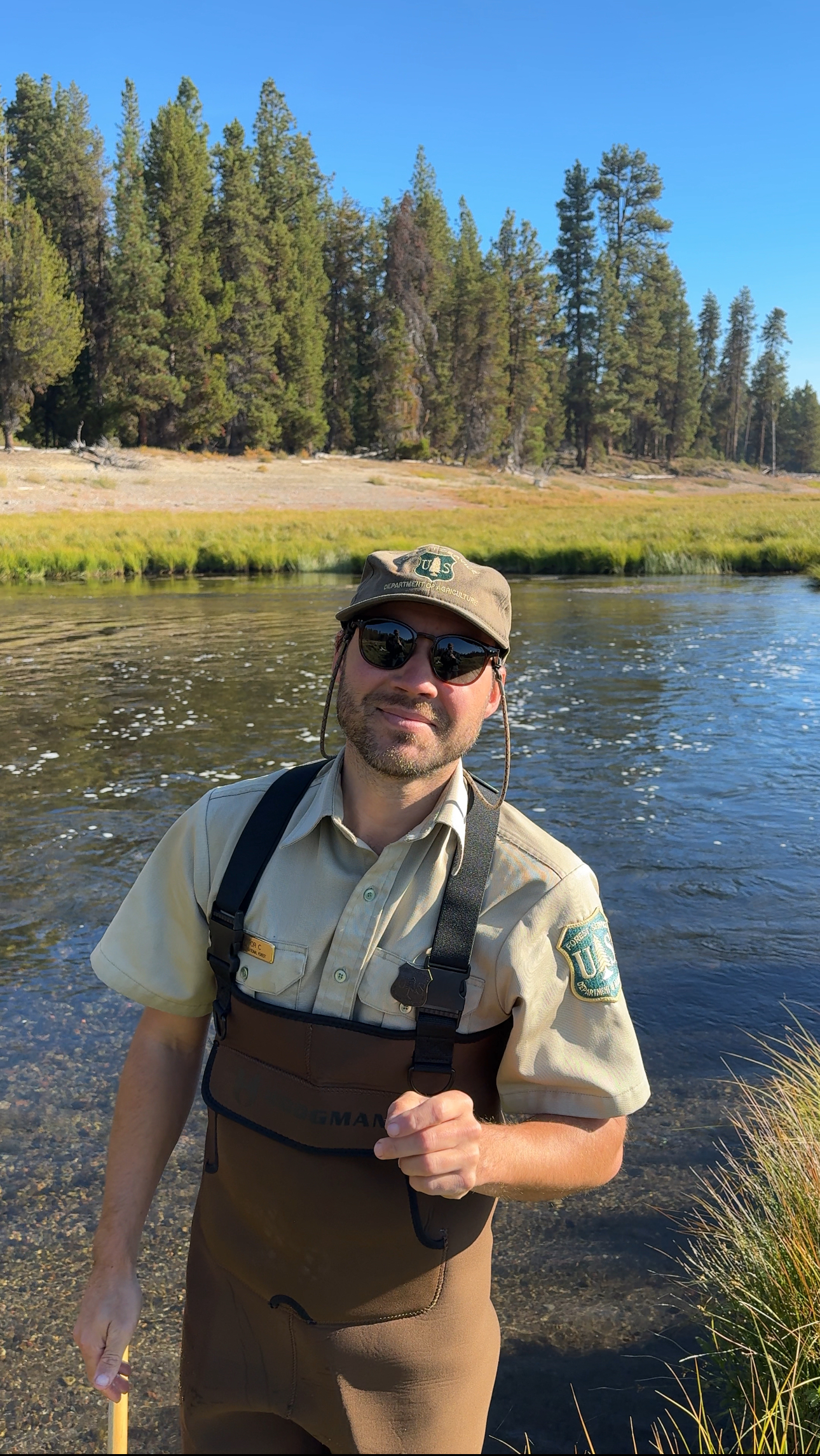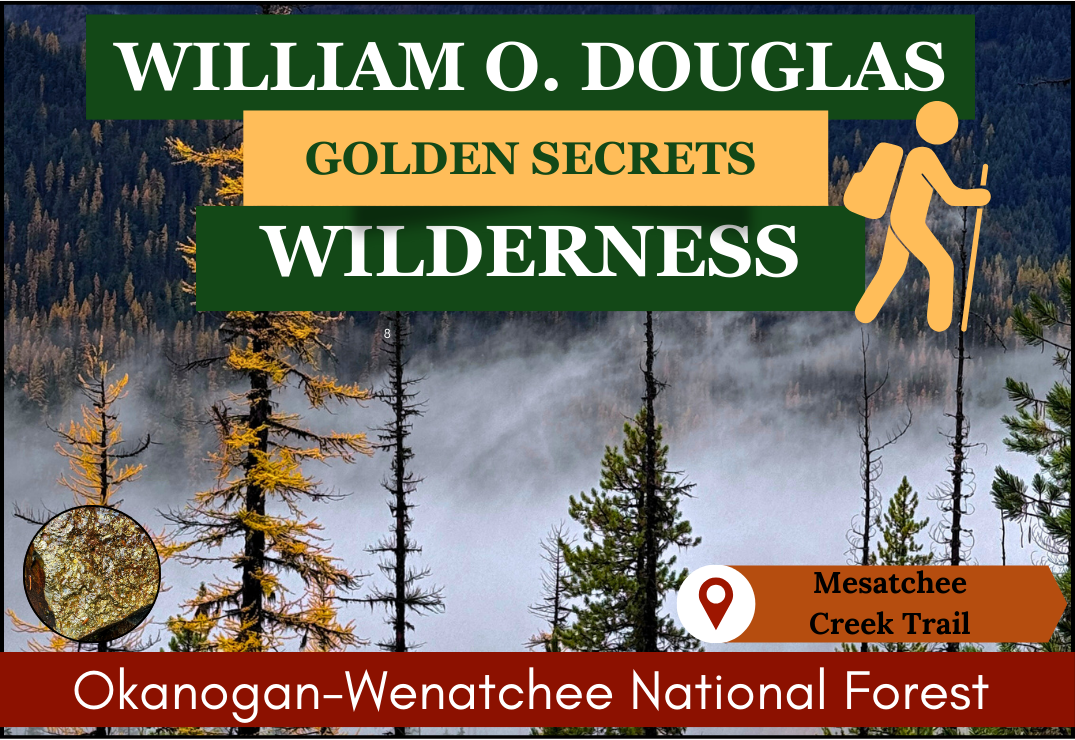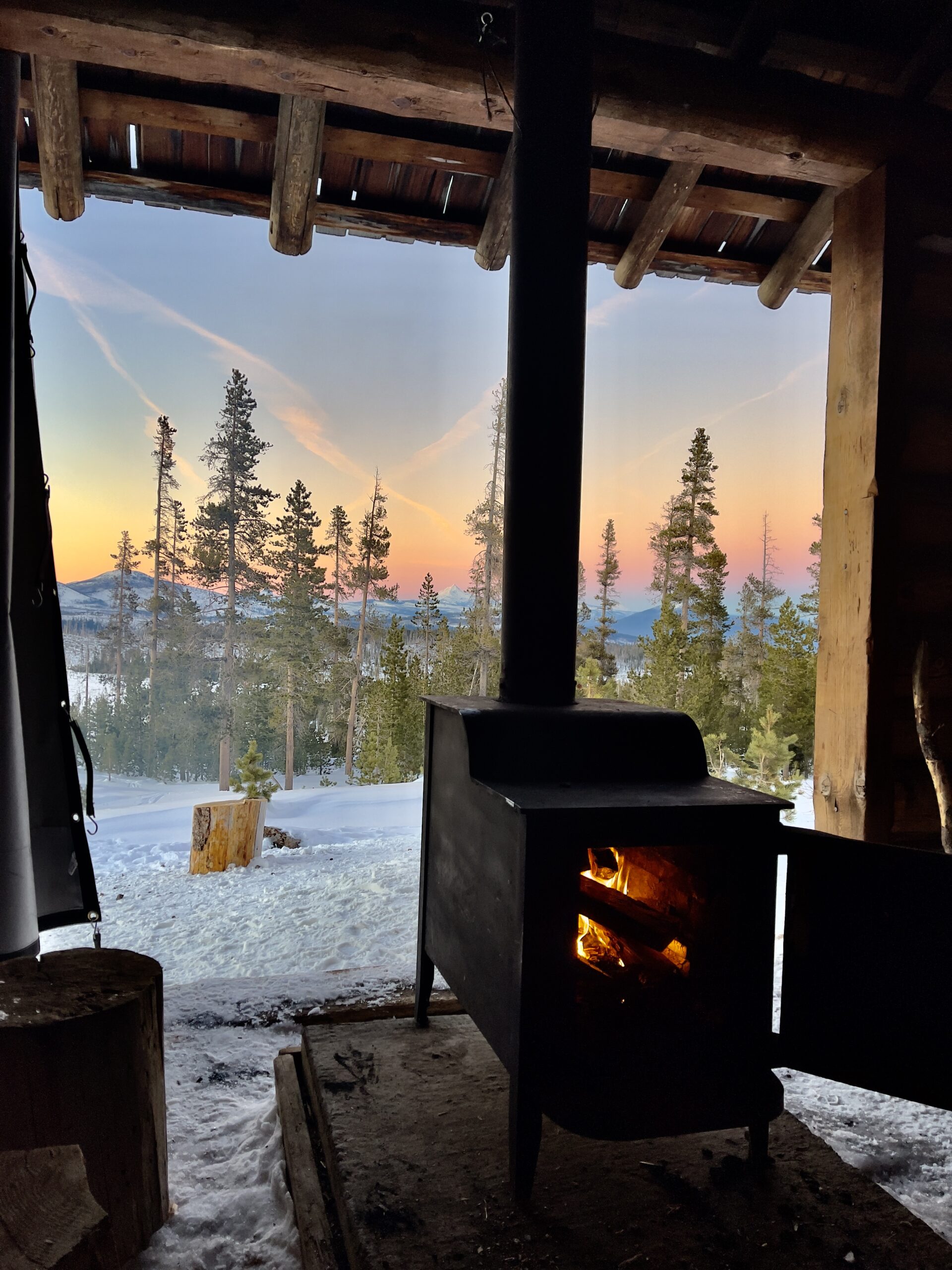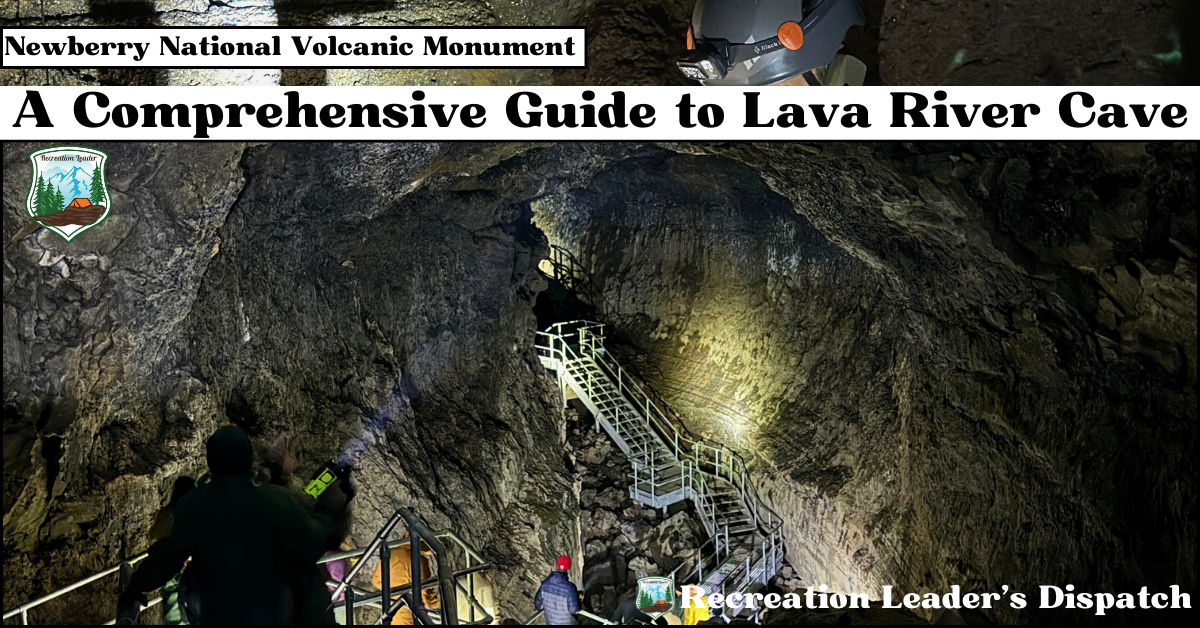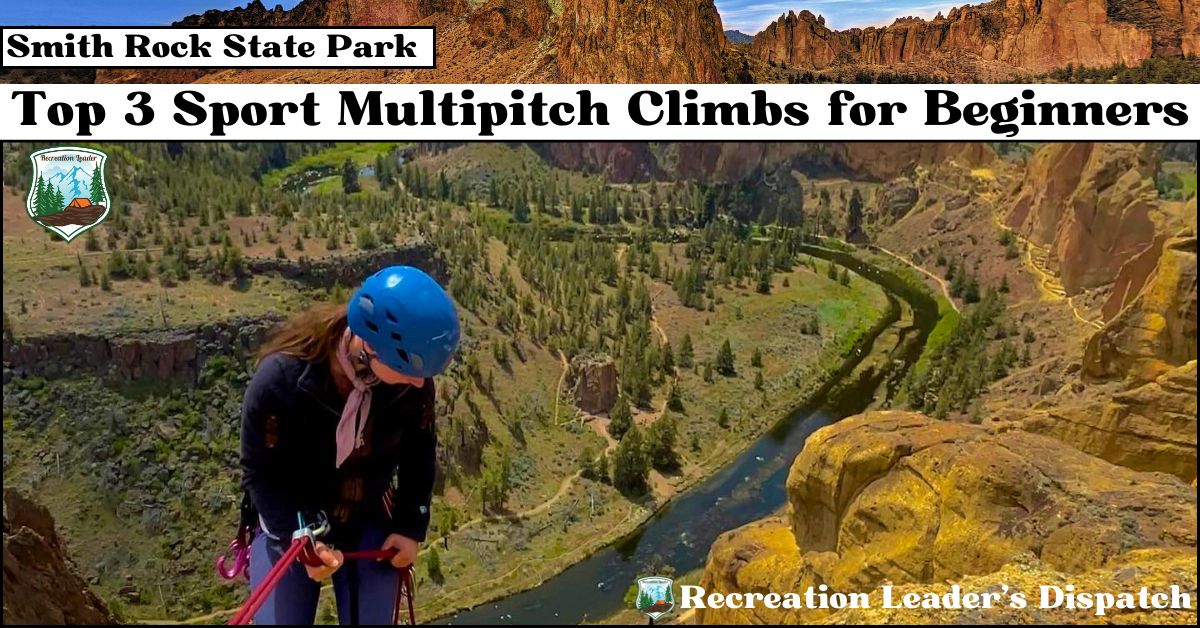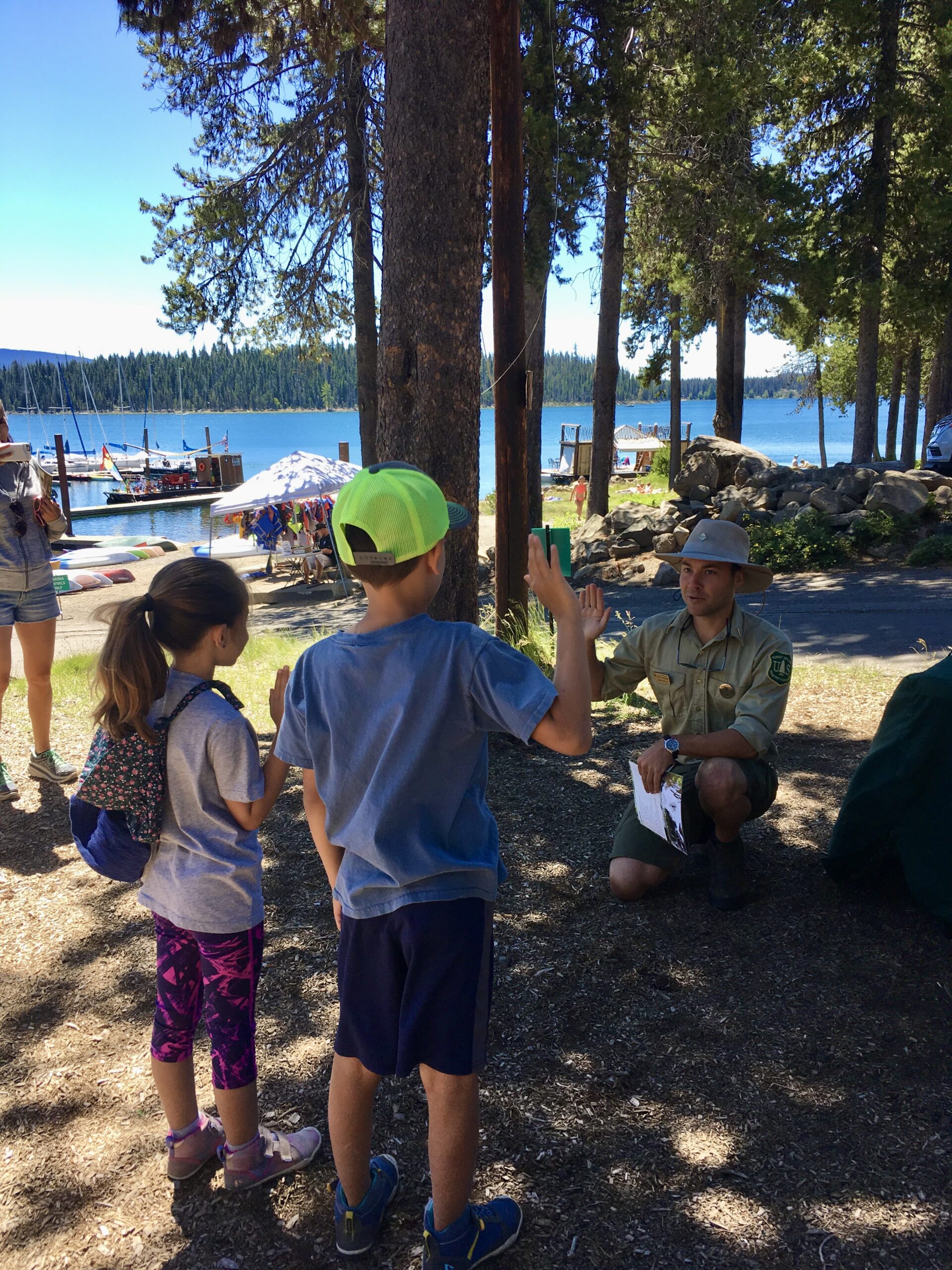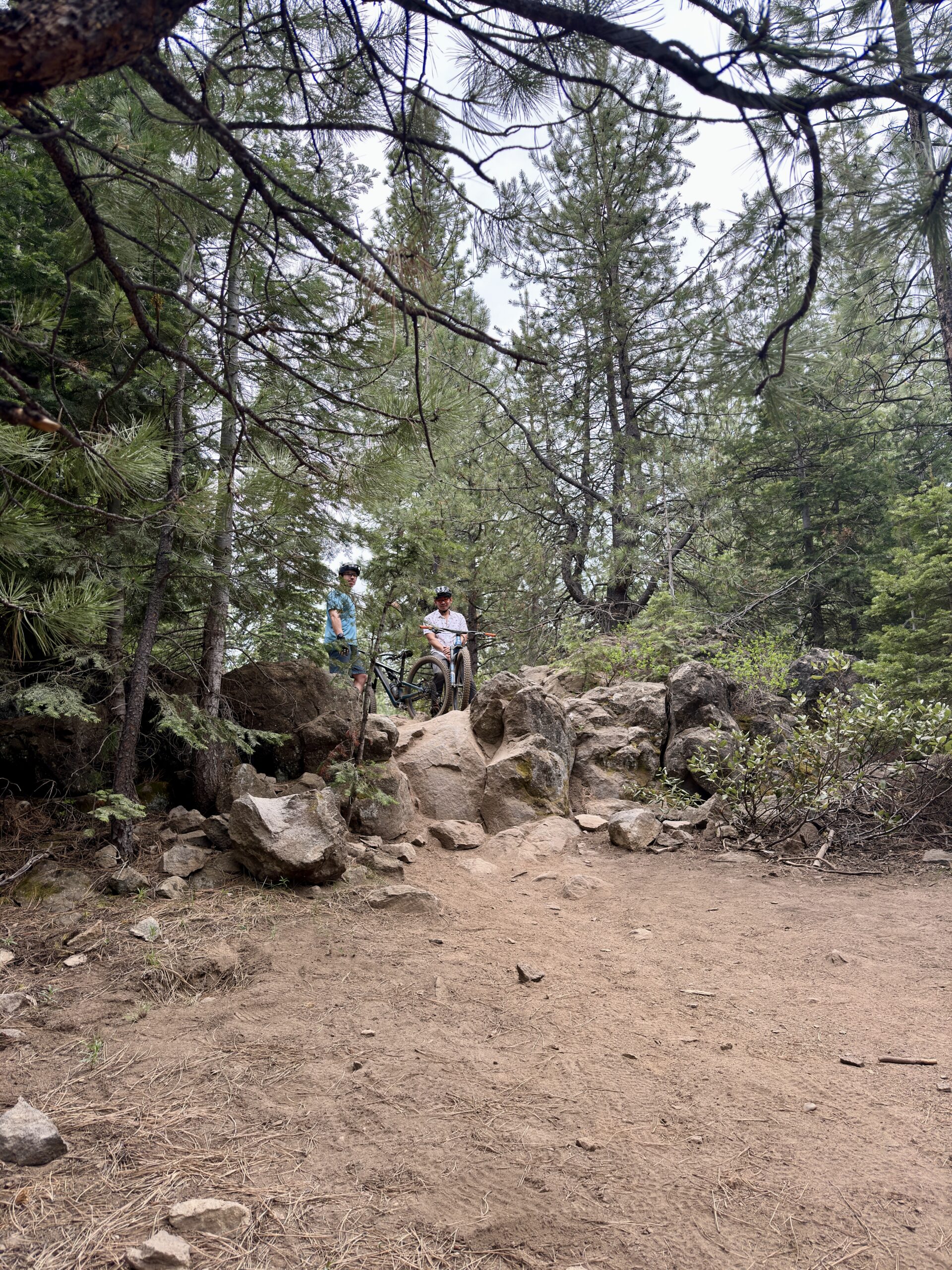ROUGH DRAFT ONLY. Come back later 🙂
The Mt. Jefferson Wilderness in Oregon is a hidden gem for adventurers looking to experience the raw beauty of the Cascade Mountains. One of the most scenic hikes in the area leads to Pamelia Lake, a pristine alpine lake nestled beneath the towering peaks of Mt. Jefferson. For those looking to extend their hike, the additional trek to Hunts Cove offers solitude, breathtaking views, and a taste of the wild.
In this guide, I’ll cover everything you need to know to hike to both Pamelia Lake and Hunts Cove, including trail details, natural history, and tips to make the most of your adventure.
About Pamelia Lake & Hunts Cove
Pamelia Lake is a tranquil, glacier-fed lake surrounded by lush forests and rugged peaks. It sits at 3,900 feet elevation and serves as the gateway to the more remote and wild Hunts Cove. The journey to Hunts Cove brings you deeper into the wilderness, where the Cascade Range reveals hidden alpine meadows, streams, and jaw-dropping views of Mt. Jefferson. These areas offer a true wilderness experience, making it an ideal destination for hikers seeking peace and quiet.
Getting to the Trailhead
The Pamelia Lake Trailhead is located off Forest Road 2246, accessible from Highway 22 between Detroit and Santiam Pass. It’s about a 1.5-hour drive from Bend or Salem. You will need a Wilderness Permit to access the trail during peak season (May 15 – October 31), so be sure to secure one ahead of time through the Recreation.gov website. The parking area at the trailhead is small, so plan to arrive early.
The Hike to Pamelia Lake
- Trail Type: Out-and-back
- Distance: 4.5 miles round trip to Pamelia Lake; 12 miles round trip to Hunts Cove
- Elevation Gain: 800 feet to Pamelia Lake; 1,900 feet to Hunts Cove
- Difficulty: Moderate
The trail to Pamelia Lake starts with a gentle ascent through old-growth forests of Douglas fir, Western hemlock, and cedar, offering plenty of shade and cool temperatures even during summer. As you hike along Pamelia Creek, you’ll pass vibrant wildflowers in the spring and mushrooms and ferns in the fall. After about 2.25 miles, you’ll reach the serene shores of Pamelia Lake. Here, you can rest and take in the mountain scenery, or if you’re feeling adventurous, continue up the trail to Hunts Cove.
Continuing to Hunts Cove
For hikers looking to extend their journey, the additional 4 miles to Hunts Cove offers a more challenging yet rewarding adventure. The trail becomes steeper as it climbs through alpine meadows, offering views of Hunts Creek and several small waterfalls. Once you reach Hunts Cove, you’ll be greeted by stunning alpine lakes and unparalleled views of Mt. Jefferson’s rugged peaks. This area is less trafficked, so it’s the perfect spot for some peaceful reflection or overnight backpacking.
Natural History of the Pamelia Lake and Hunts Cove Area
Geology
The Mt. Jefferson Wilderness is a geologically rich region formed by volcanic activity over millennia. Pamelia Lake sits at the base of Mt. Jefferson, the second-highest peak in Oregon and part of the Cascade Range. The area’s rugged landscapes, deep valleys, and alpine lakes are the result of ancient lava flows and glaciers that shaped the region during the last Ice Age. You’ll hike across rocky outcrops of volcanic basalt and pumice as you move deeper into the wilderness.
Fauna
The diverse ecosystems around Pamelia Lake and Hunts Cove are home to a wide variety of wildlife. Look for black-tailed deer grazing in the meadows or spot the occasional black bear foraging for berries in late summer. The lakes and creeks provide habitat for cutthroat trout, which can sometimes be seen jumping near the lake’s edge. Ospreys, bald eagles, and peregrine falcons are common overhead, hunting for fish along the waterways.
Flora
The forests around Pamelia Lake are rich with towering Douglas firs, hemlocks, and Western redcedar, which provide a dense canopy that cools the trail in summer. In the undergrowth, you’ll find carpets of huckleberry bushes, sword ferns, and delicate spring flowers like columbines and trilliums. In late summer and early fall, the region bursts with wild blueberries and other berries. As you gain elevation on the trail to Hunts Cove, the forest gives way to open alpine meadows dotted with lupines, paintbrush, and subalpine firs.
Funga
The damp, cool conditions of the Mt. Jefferson Wilderness are ideal for fungi. Fall hikers are often greeted by a variety of mushrooms, including chanterelles, lobster mushrooms, and king boletes. These fungi thrive in the deep, nutrient-rich forest floor and play a vital role in the ecosystem, helping to decompose organic matter and form symbiotic relationships with trees.
Insects
During the spring and summer months, the area is buzzing with insect life. Butterflies like the Western Tiger Swallowtail flutter among the wildflowers, while dragonflies and damselflies hover near the streams. In the evenings, mosquitoes can be quite active around the lake, so be sure to bring bug repellent.
Cultural History
The Mt. Jefferson Wilderness holds cultural significance for the Confederated Tribes of Warm Springs, whose ancestors have lived and traveled in this region for thousands of years. The wilderness provided a seasonal bounty of fish, plants, and game. Pamelia Lake and Hunts Cove were important areas for hunting and gathering, and the trails you hike today may follow ancient pathways once used by Indigenous peoples.
The wilderness was officially designated as part of the Oregon Wilderness Act of 1964, and it remains a protected area, offering a refuge for wildlife and a retreat for adventurers.
What to Bring
For a safe and enjoyable hike, here’s what I recommend packing:
- Sturdy hiking boots: You’ll need reliable hiking boots for navigating rocky sections and steep inclines, especially if heading to Hunts Cove.
- Backpack with hydration: Stay hydrated with a hydration pack or carry plenty of water in this lightweight bottle.
- Insect repellent: The lakeside areas can attract mosquitoes, so don’t forget your bug spray.
- Trail snacks: Power through your hike with some nutritious trail snacks.
- Warm layers: Even in the summer, temperatures can drop at higher elevations. I recommend a lightweight jacket for the cooler mornings or evenings.
Plan Your Visit
Before setting out, make sure to check the weather and trail conditions on my Planning & Updates page under the Education & Resources tab. This page will keep you informed of any closures or permit requirements, and you can find essential tips for a smooth trip.
For an ethical and responsible outdoor experience, I encourage you to review my Outdoor Ethos Guide for recreating in wilderness areas. It focuses on leadership, education, and community, guiding you on how to be a positive steward of nature without relying on prescriptive rules. Embrace the ethos of #LeaderInNature and make sure to protect this precious environment for future generations.

